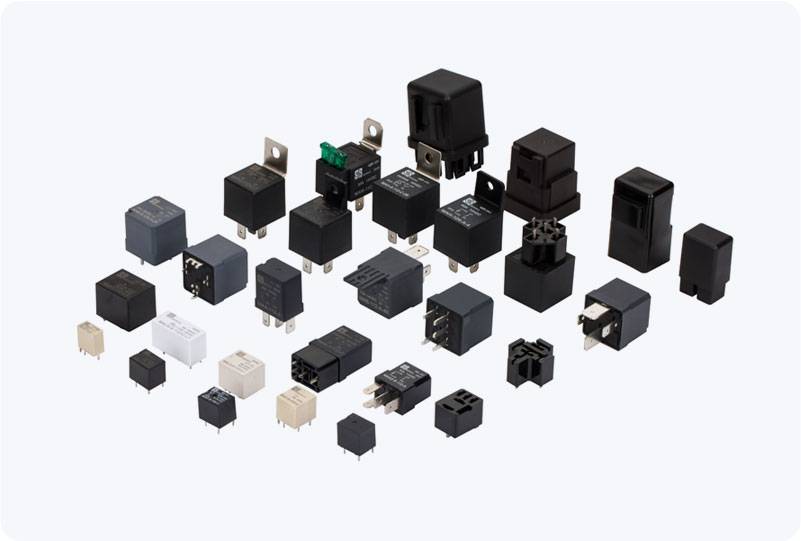In recent years, the integration of the Internet of Things (IoT) into everyday life has revolutionized how we interact with the world around us. One essential component enabling this transformation is the IoT Relay Module, which bridges the gap between physical devices and digital networks. This article explores the functionality, benefits, and diverse applications of IoT Relay Modules in modern smart automation systems.

What is an IoT Relay Module? An IoT Relay Module is a device that combines the functionality of a traditional mechanical relay with Internet connectivity. It allows users to control electrical devices remotely through the Internet, often via smartphone apps, web interfaces, or other networked systems. Relays, in essence, are electrical switches that can open or close a circuit, enabling the control of electrical devices. By adding IoT capabilities, the relay becomes much more versatile, enabling remote control, monitoring, and automation. IoT Relay Modules typically connect to Wi-Fi, Bluetooth, Zigbee, or other wireless protocols, allowing communication between the relay and cloud-based platforms or IoT hubs. This connection enables users to control their devices from anywhere, offering a high degree of convenience and flexibility.